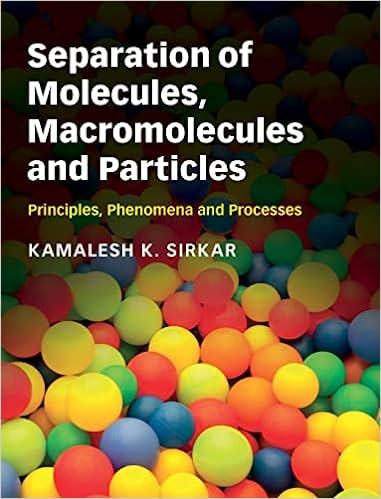Answered step by step
Verified Expert Solution
Question
1 Approved Answer
5 - 1 3 . A steady - state liquefaction process generates 1 0 0 l b m m i n of saturated liquid methane
A steadystate liquefaction process generates of saturated liquid methane at psia. Fresh methane enters the process at and and is mixed with the recycled methane to form the "methane feed" stream. This enters a heat exchanger HX that cools the methane feed to and psia. The process has two compressors both : the first compresses the methane to psia and the second compresses the methane to psia Each compressor is followed by a heat exchanger HX and HX that cools the methane to without changing the pressure. Next, the supercritical methane enters a countercurrent heat exchanger HX in which the methane vapor from the flash chamber is used as the coolant. The coolant leaves HX at and is recycled into the "methane feed" stream. The supercritical methane leaves HX and enters a flash chamber, where its pressure is reduced to psia.
A Determine the flow rate of the supercritical methane entering the flash chamber.
B Determine for each of the two compressors.
C Determine for each of the four heat exchangers.

Step by Step Solution
There are 3 Steps involved in it
Step: 1

Get Instant Access to Expert-Tailored Solutions
See step-by-step solutions with expert insights and AI powered tools for academic success
Step: 2

Step: 3

Ace Your Homework with AI
Get the answers you need in no time with our AI-driven, step-by-step assistance
Get Started


